Cats are truly captivating creatures with a range of behaviors and non verbal cues that express their feelings, intentions and desires. By grasping these signals cat owners can strengthen their connection, with their feline friends and provide them with better care and empathy.
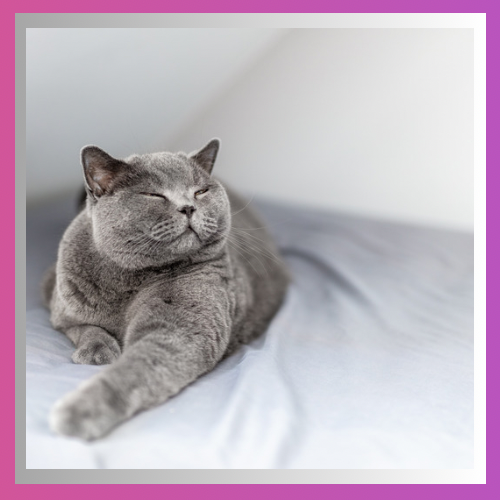
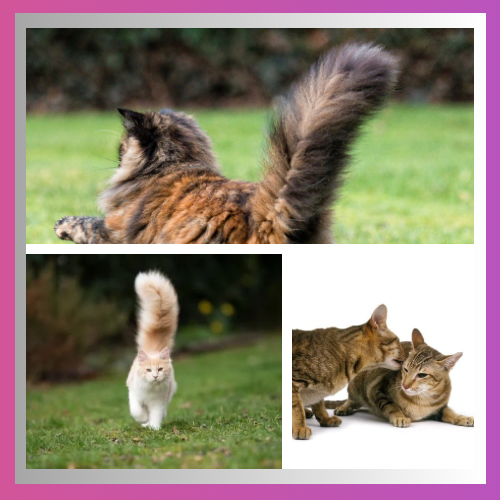
1. Tail Movements and Positions
Tail Held Up: When a cat holds its tail up with a curve, at the tip it signifies an self assured demeanor.
Tail Straight Up: An erect tail often signifies excitement or a welcoming gesture.
Puffed Up Tail: A fluffed up tail is an indicator of fear or unease.
Tucked Tail: A tucked tail suggests fear or submission.
Rapid Tail Wagging: Quick movements of the tail can indicate either excitement or annoyance.
2. Ears
Forward Ears: Ears positioned forward indicate that the cat is attentive and intrigued by something.
Flat Ears: Flattened ears pressed against the head are signs of fear, aggression or discomfort.
Ears Slightly Back: Ears positioned slightly backward may signal relaxation or contentment.
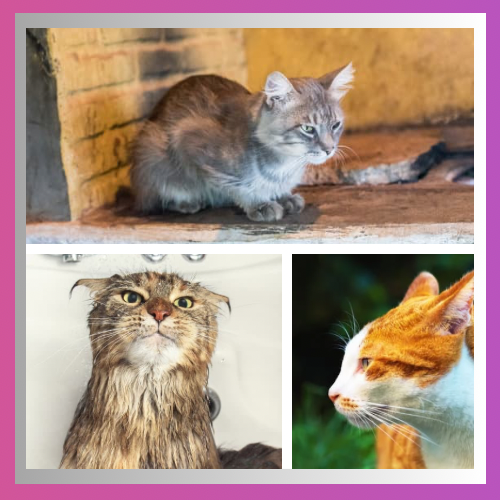
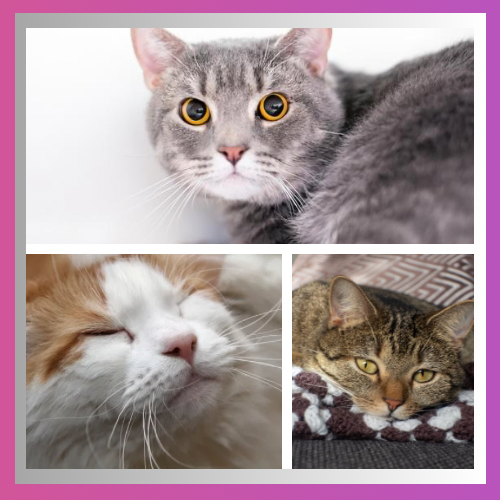
3. Eyes
Dilated Pupils: Enlarged pupils can signal excitement, fear or heightened arousal.
Closed Eyes (Slow Blinking): Cats show trust and affection through blinking while open eyes may indicate alertness or agitation.
Wide Open Eyes: Wide-open eyes can suggest alertness or agitation.
4. Vocalizations
Meowing: Meowing is often used by cats to communicate with humans for reasons, like seeking attention, food or expressing discomfort.
Purring: Purring generally signifies contentment and relaxation although it can also occur when a cat is in pain or distress.
Hissing or Growling: On the hand hissing or growling signals fear, aggression or a warning.
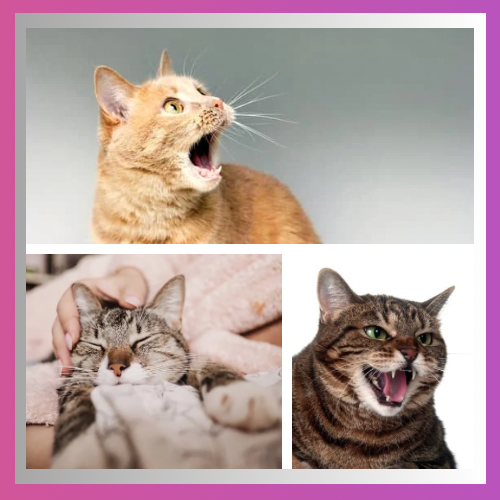
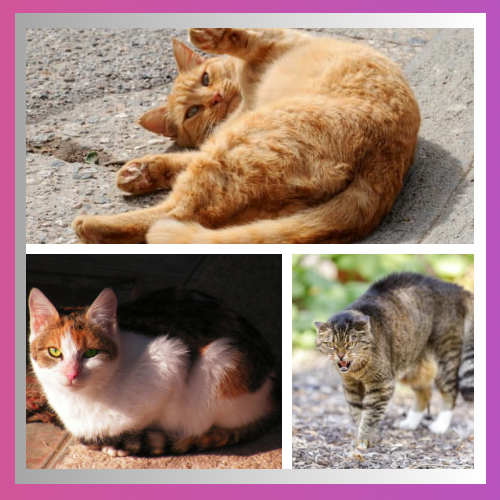
5. Body Position
Relaxed Body: a loose stance without tension suggests comfort and contentment in cats.
Arched Back with Fur Raised: Usually signifies fear, aggression or feeling threatened.
Crouching Position: Cats crouch when they are hunting or feeling cautious.
Rolling Over: Rolling over can indicate trust and comfort as playfulness.
6. Grooming Behavior
Grooming behavior is essential, for cats well being; however, excessive grooming could be a sign of stress or discomfort if it leads to patches or skin irritation.
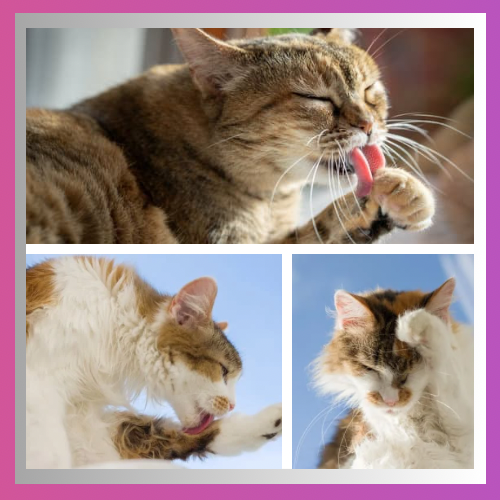
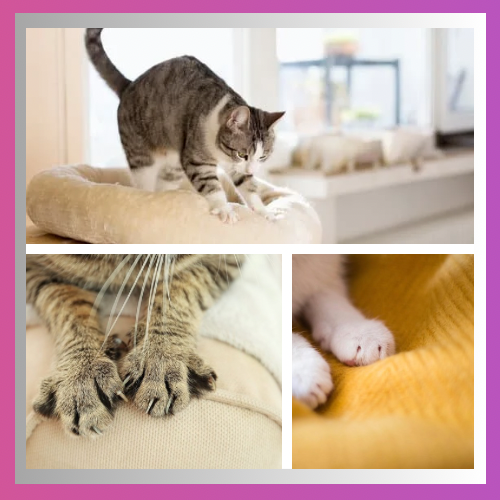
7. Kneading
Cats often knead with their paws as a sign of comfort and relaxation a behavior that typically originates from their days when they kneaded their mothers belly to encourage milk flow.
Conclusion
It’s essential to recognize that cat behavior can differ based on traits and past experiences. What might be considered normal for one cat could indicate unease or anxiety, in another. Furthermore context is key in understanding a cats body language. For instance a cats tail position during play may vary from its posture when faced with a stranger or another animal.
To strengthen your bond with your companion pay attention to their body language to appropriately address their needs and feelings. Establishing a relationship with your cat involves:
Respecting Their Privacy: Allow your cat to approach you at their pace and avoid imposing interactions.
Providing Stimulating Activities: Offer toys scratching posts and climbing structures to keep your cat mentally and physically engaged.
Creating a Comfortable Environment: Reduce stress triggers, like noises or sudden movements that could unsettle your cat.
Veterinary Check ups: Schedule routine appointments to ensure your furry friends health and overall well being.In summary
It’s important for cat owners to learn how to interpret their companions body language. By observing their tail flicks, ear positions, vocalizations and other subtle signals you can deepen your connection, with your cat. Comprehend their feelings effectively.
References:
2.https://www.webmd.com/pets/cats/features/cat-body-language
3.https://www.humanesociety.org/resources/understanding-feline-language
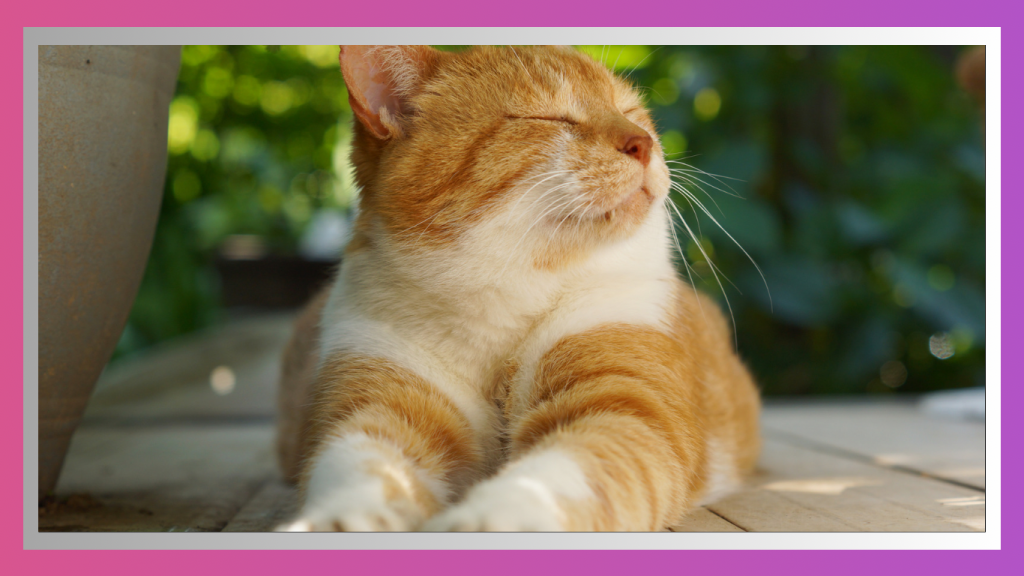
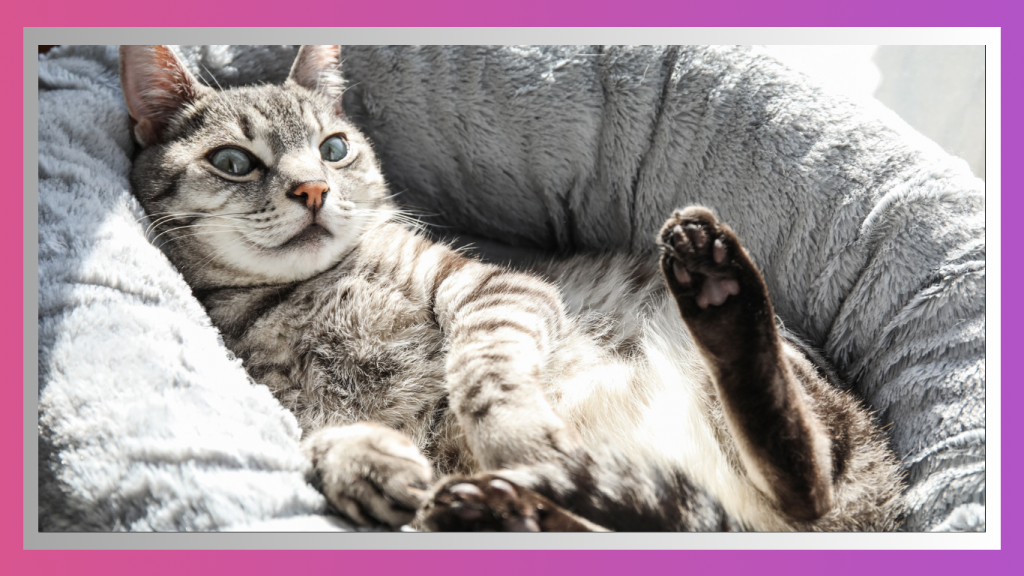


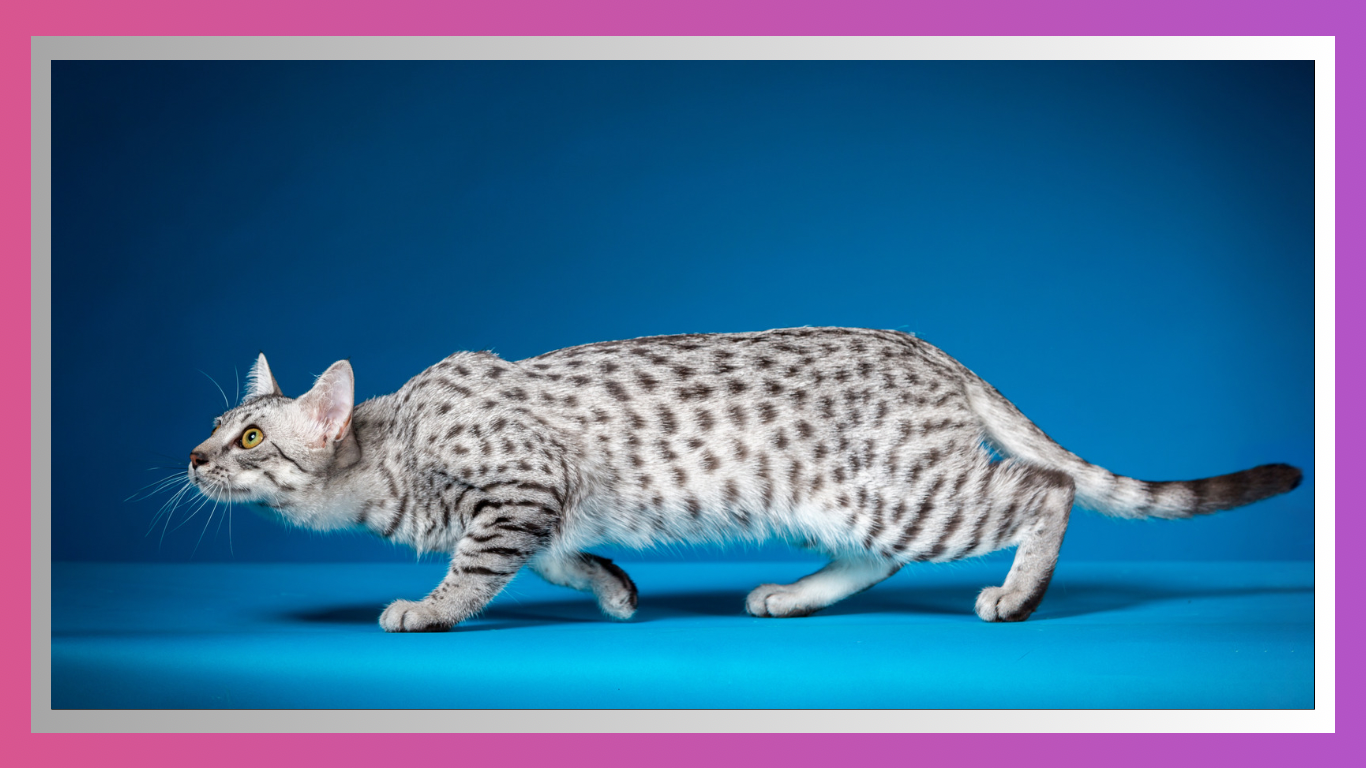


Thanks for sharing. I read many of your blog posts, cool, your blog is very good.
Thanks for sharing. I read many of your blog posts, cool, your blog is very good.